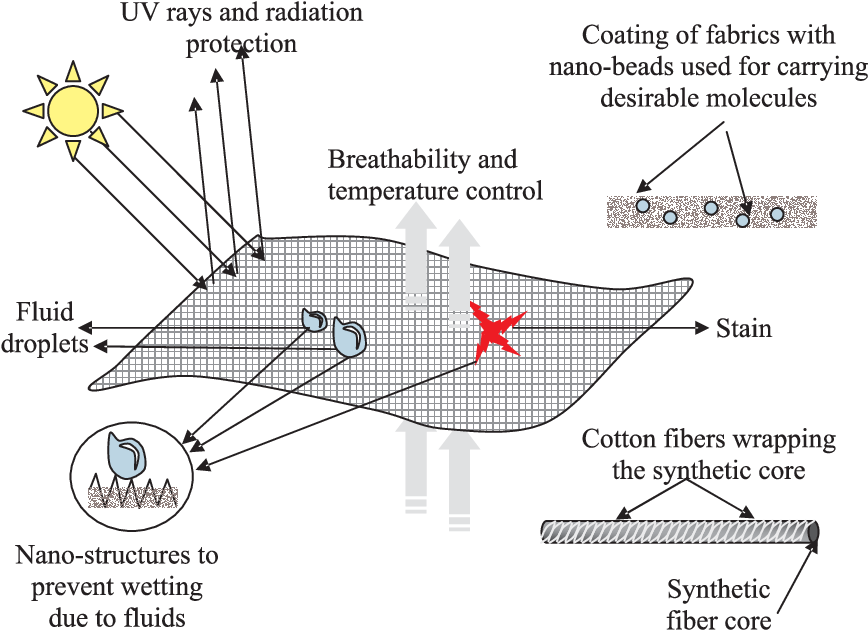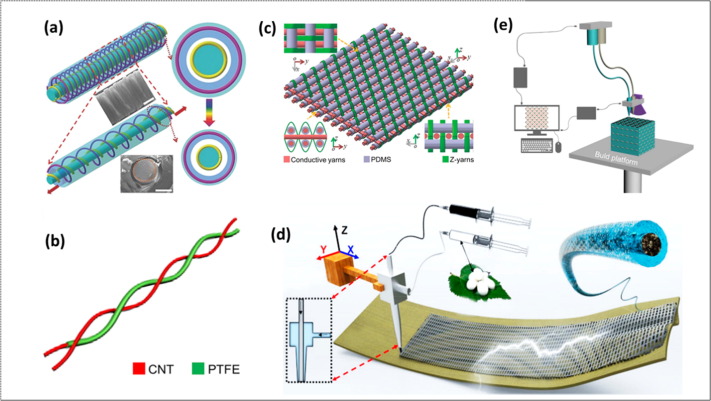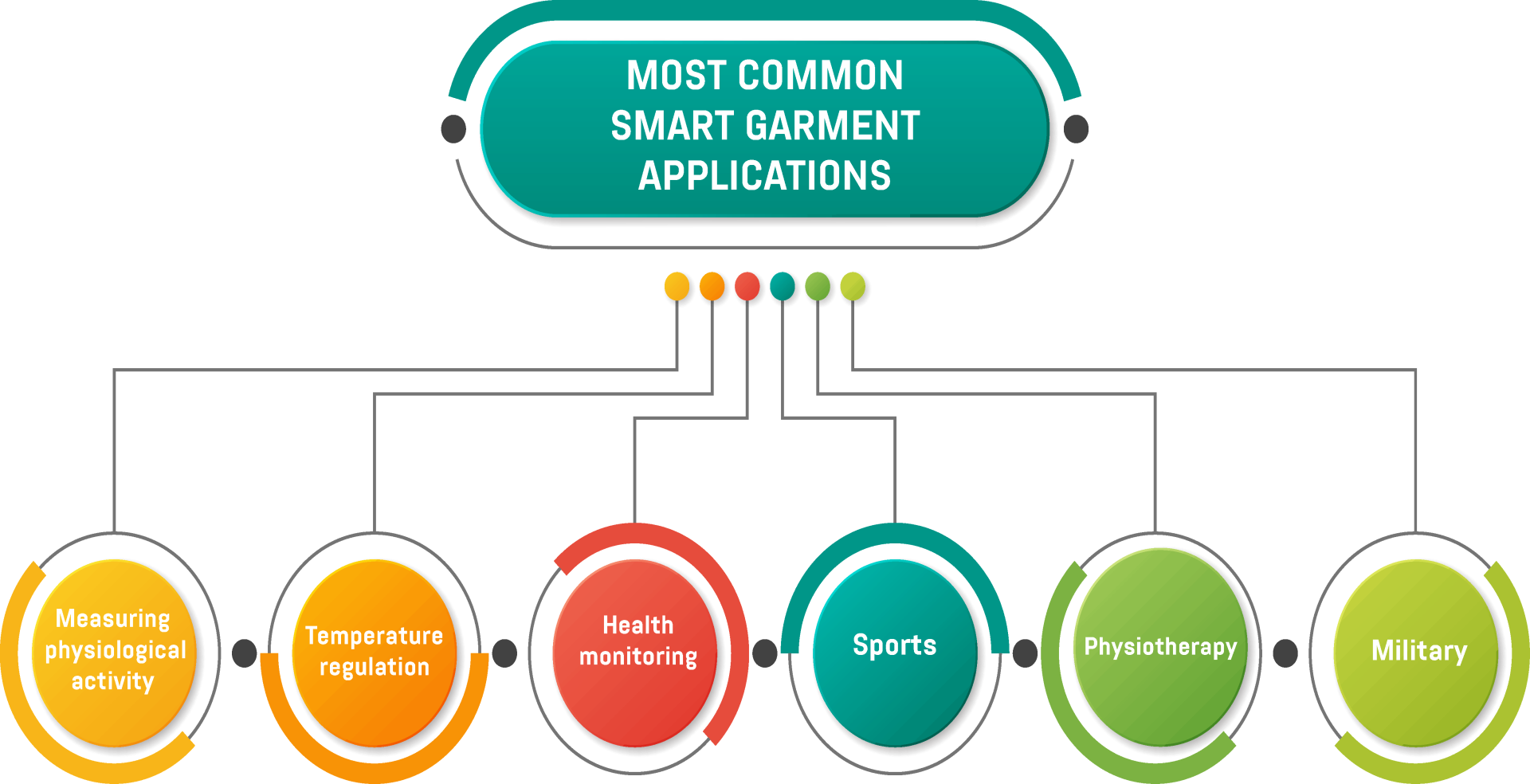Comments
- No comments found

Nanotechnology is a rapidly growing field that has the potential to revolutionize many industries, including the clothing and textile industry.
By using nanotechnology, it is possible to create fabrics with enhanced properties such as improved strength, durability, and stain resistance. There are also potential downsides to using nanotechnology in clothing, including concerns about safety and environmental impact.

Nanotechnology has the potential to bring many benefits to the clothing and textile industry, including:
Improved Performance: Nanotechnology can be used to create clothing that is more durable, stain-resistant, and comfortable. For example, nanoparticles can be used to improve the breathability of fabrics, making them ideal for athletic wear.
Enhanced Functionality: Nanotechnology can be used to create clothing with advanced features such as UV protection, moisture-wicking, and anti-odor properties.
Increased Sustainability: Nanotechnology can also be used to create clothing that is more environmentally friendly. For example, nanoparticles can be used to create fabrics that are biodegradable or made from sustainable materials.
Customization: Nanotechnology can be used to create personalized clothing that is designed to meet the specific needs and preferences of individual consumers.
Cost-effectiveness: Nanotechnology can lead to cost savings in the clothing industry by reducing the need for frequent replacements and providing more functional and durable clothing options.
Nanotechnology is improving performance, functionality, and sustainability, as well as providing new opportunities for customization and cost-effectiveness.

While nanotechnology has the potential to bring many benefits to the clothing industry, it also presents a number of potential downsides, including:
Health Concerns: There are concerns about the safety of nanoparticles in clothing and the potential for these particles to be released into the environment. Some studies have suggested that nanoparticles may be toxic to human health, and more research is needed in this area.
Environmental Impact: The production of nanotechnology-based clothing often requires the use of toxic chemicals, which can be harmful to the environment. Additionally, there is a risk that nanoparticles may be released into the environment when clothing is washed or disposed of, potentially causing harm to wildlife and the environment.
Regulation: There are currently limited regulations governing the use of nanotechnology in clothing, and there is a need for more comprehensive regulations to ensure the safe and sustainable use of this technology.
Cost: The production of nanotechnology-based clothing can be more expensive than traditional methods, making it less accessible to consumers.
Public Perception: There may be concerns among the public about the use of nanotechnology in clothing, and it is important to address these concerns and educate consumers about the benefits and risks of this technology.

The future of nanotechnology in clothing is promising and there is a lot of potential for growth and improvement in this field. Some areas for improvement include:
Safety: There is a need for more research to be done on the safety of nanoparticles in clothing, as well as the potential for these particles to be released into the environment. This research will be important in order to ensure that the use of nanotechnology in clothing is safe for both consumers and the environment.
Regulation: There is a need for comprehensive regulations to govern the use of nanotechnology in clothing. These regulations should ensure that the technology is used in a safe and sustainable manner, and that consumers are protected from potential health and environmental risks.
Sustainability: Efforts should be made to ensure that the production of nanotechnology-based clothing is more sustainable, both in terms of the materials used and the production process itself.
Accessibility: It will be important to make nanotechnology-based clothing more accessible and affordable to consumers, in order to realize the full potential of this technology.
Advancements: There is a lot of potential for advancements in nanotechnology in the clothing industry, including the development of new materials and techniques for creating more functional and durable clothing.
With the right investment in research, regulation, and sustainability, nanotechnology has the potential to revolutionize the clothing industry and improve the quality of life for consumers around the world.
Nanotechnology has the potential to revolutionize the clothing industry by providing improved performance and functionality. However, it is important to carefully consider the potential downsides, including health and environmental risks, before fully embracing this technology. Further research and regulations are needed to ensure that the use of nanotechnology in clothing is safe and sustainable for both consumers and the environment.
Leave your comments
Post comment as a guest